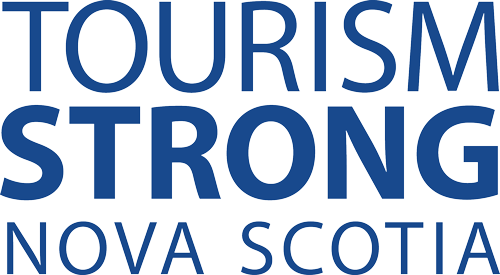Highlights:
• Business hiring plans slowing amid virus resurgence
• Hospitality sector remains under pressure
• Government supports (like CEBA and CEWS) still heavily utilized
The Canadian Survey on Business Conditions reinforced that the economic backdrop remains challenging for businesses, even with the sharp partial bounce-back in activity over the summer. Hiring plans were slowing from mid-September to late-October amid a resurgence of COVID-19 cases. 74% of businesses expected to keep the same number of employees over the next three months, but 22.5% of business in accommodation & food services, and almost 30% in the arts, entertainment, & recreation sectors were expecting further layoffs.
The October labour force report showed that businesses followed through on those plans with 48 thousand jobs lost in the accommodation & food services sector. Even with these cuts, gains in other industries produced an increase in employment in October. Businesses like hotels, restaurants, and gyms will continue to face pressures as new measures to contain the virus are put in place.
Businesses continue to be reliant on government support programs. 54% had tapped the Canada Emergency Business Account in August. 31% were receiving payments under the Canada Emergency Wage Subsidy. Just 6% had tapped emergency commercial rent assistance, but the share was significantly higher in the hospitality sectors (23% in accommodation & food services). The CEWS program has paid out almost $47 billion to-date, and CEBA has approved $31 billion in loans. Those programs have been extended or enhanced since October. In the accommodation & food services sector, more than two-thirds (71%) of businesses had tapped CEBA accounts, and more than half (56%) were utilizing the CEWS program.
77% of businesses reported having sufficient cash or liquid assets, but 44% said they were unable to take on more debt. Almost 30% of businesses in each of the art, entertainment, & recreation and accommodation & food services sectors reported that they could not survive in as-is business conditions for 6 months without considering staff cuts, closure, or bankruptcy. Almost a third of businesses overall still had revenues running 30% or more below year-ago levels.
Just 41% of businesses have remained fully operational throughout the COVID shock. 2.3% reported remaining fully shut-down – with a significantly higher share in the arts, entertainment, & recreation sector – but 31% have only partially reopened.
Source: RBC Economics

